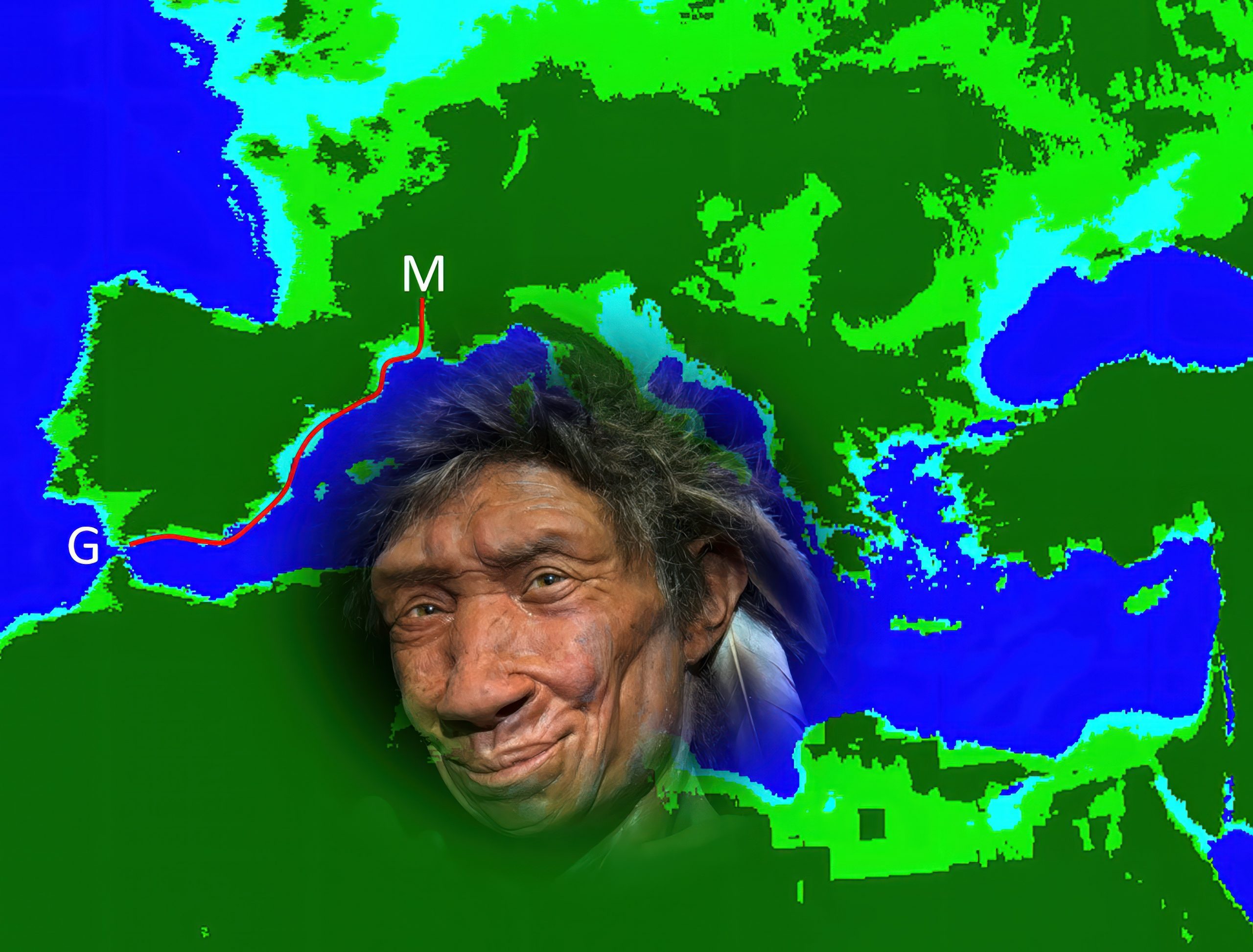New DNA evidence has revealed that the prehistoric Gibraltar skull is more closely related to the Neanderthals in the French Mediterranean than those nearby in Western Europe.
A research paper by French archaeologist Dr Ludovik Slimak discovered the striking similarity its genome shared with that of a Neanderthal from Grotte Mandrin near Marseille.
Slimak’s research concluded that the Gibraltar Skull 1, nicknamed ‘Nana’, was part of a smaller group that was isolated from classic Neanderthals in southwestern Europe.
The paper cast new light on these Neanderthals that existed as late as 42,000 years ago.
Biology website bioRxiv published the paper, called “A late Neanderthal reveals genetic isolation in their populations before extinction”.
Although the paper is not peer-reviewed, it showed that the Grotte Mandrin Neanderthal, nicknamed ‘Thorin’, had more similar mitochondrial DNA to Nana.
Professor Clive Finlayson of Gibraltar Museum said the research was ‘so exciting’ because it ‘raises many questions’.
He admitted he had pondered them for months after finding out about the research last autumn during an interview with Slimak for a French television documentary.
But he said he ‘had to remain tight-lipped’ until the paper was made public.
“Here we have evidence of an apparent isolation between certain late groups of Neanderthals from the mainstream western European population,” Finlayson said.
“The Gibraltar Neanderthals were more closely connected to those from Mediterranean France than to those from western Europe, some of whom probably lived closer to Gibraltar than Thorin.
“They seem to have been part of a late surviving and fragmented population,” he added.
Soldiers found Gibraltar 1 skull at Forbes Quarry in 1848 but did not give it any relevance until the discovery of the Neanderthal skull six years later in Germany.
Gibraltar’s Minister for Heritage John Cortes said he was ‘justly proud’ of how Gibraltar contributed to this latest study.
“The information on Neanderthals that is being gathered in recent years is fascinating, and gives a real insight into European prehistory.
“The work led by the Gibraltar National Museum at Gorham’s Cave Complex World Heritage Site is key to this proliferation of knowledge.”
The groundbreaking research at the Mandrin Cave – named after French folk hero Louis Mandrin – showed how Neanderthals lived alongside humans just over 50,000 years ago.
The well-preserved site has proved a real eye-opener on prehistory since its discovery in the 1960s.
READ MORE:
- Secret chamber discovered in Gibraltar cave sheds new light on life of Neanderthals 40,000 years ago
- Neanderthal FOOTPRINT found in Gibraltar by crack team of British and Spanish scientists
- Discovery in cave in Spain suggests for first time that neanderthals had the capacity to collect trophies
Click here to read more Gibraltar News from The Olive Press.








